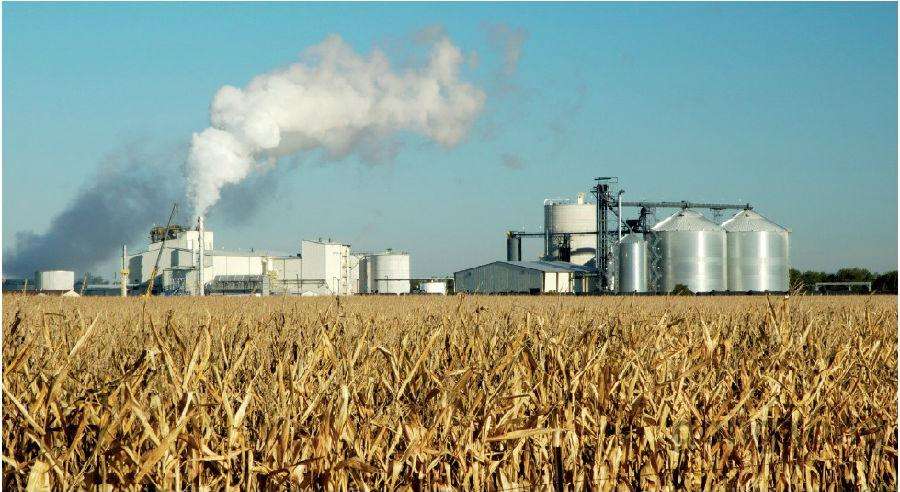The 3060 "dual carbon" goal has accelerated the upgrading and adjustment of China's industrial structure and the transformation and development of green, low-carbon, clean and efficient energy. Among them, photovoltaic power generation, wind power, and hydropower have developed rapidly. Under the guidance of the country's top-level design, nuclear power has A clearer development path. There is also a renewable energy that is also shining for the realization of "carbon neutrality", which is the internationally recognized zero-carbon energy - biomass energy.

Basic information on biomass energy
What is biomass energy? Biomass refers to various organisms formed through photosynthesis, including all animals, plants and microorganisms, which exist in our daily life. Biomass energy refers to the storage of carbon dioxide by solar energy through photosynthesis, which is converted into chemical energy in biomass, that is, energy with biomass as a carrier. It is directly or indirectly derived from the photosynthesis of green plants and can be converted into conventional solid, liquid and gaseous fuels. It is a renewable energy source and the only renewable carbon source. It is calculated that the energy stored by biomass is 2 times larger than the current total energy consumption in the world. If combined with BECCS (bioenergy and carbon capture and storage) technology, biomass energy will create negative carbon emissions.

Sources and applications of biomass energy. Biomass energy has a wide range of sources. Agricultural waste, wood and forest waste, urban organic waste, algal biomass, waste oil and energy crops can all be used to produce biomass energy, mainly in the form of power generation, heat supply, gas supply, etc. It is used in many fields such as industry, agriculture, transportation and life, and is irreplaceable by other renewable energy sources. Specific applications include biomass power generation, heating, urban waste-to-bio-natural gas, rural biogas, bio-diesel and ethanol fuel, etc., which are important supports for green transportation and green urban and rural construction.
At present, the energy utilization of biomass resources in China is about 461 million tons, and the carbon emission reduction is about 218 million tons. The "3060 Zero-Carbon Biomass Energy Development Potential Blue Book" predicts that by 2030, the use of biomass energy in various ways will reduce carbon emissions by more than 900 million tons in the whole society, and by 2060, it will achieve carbon emissions reductions of more than 2 billion Ton.